Le Silence des Sirenes
Sandra Rocha & Michel Poivert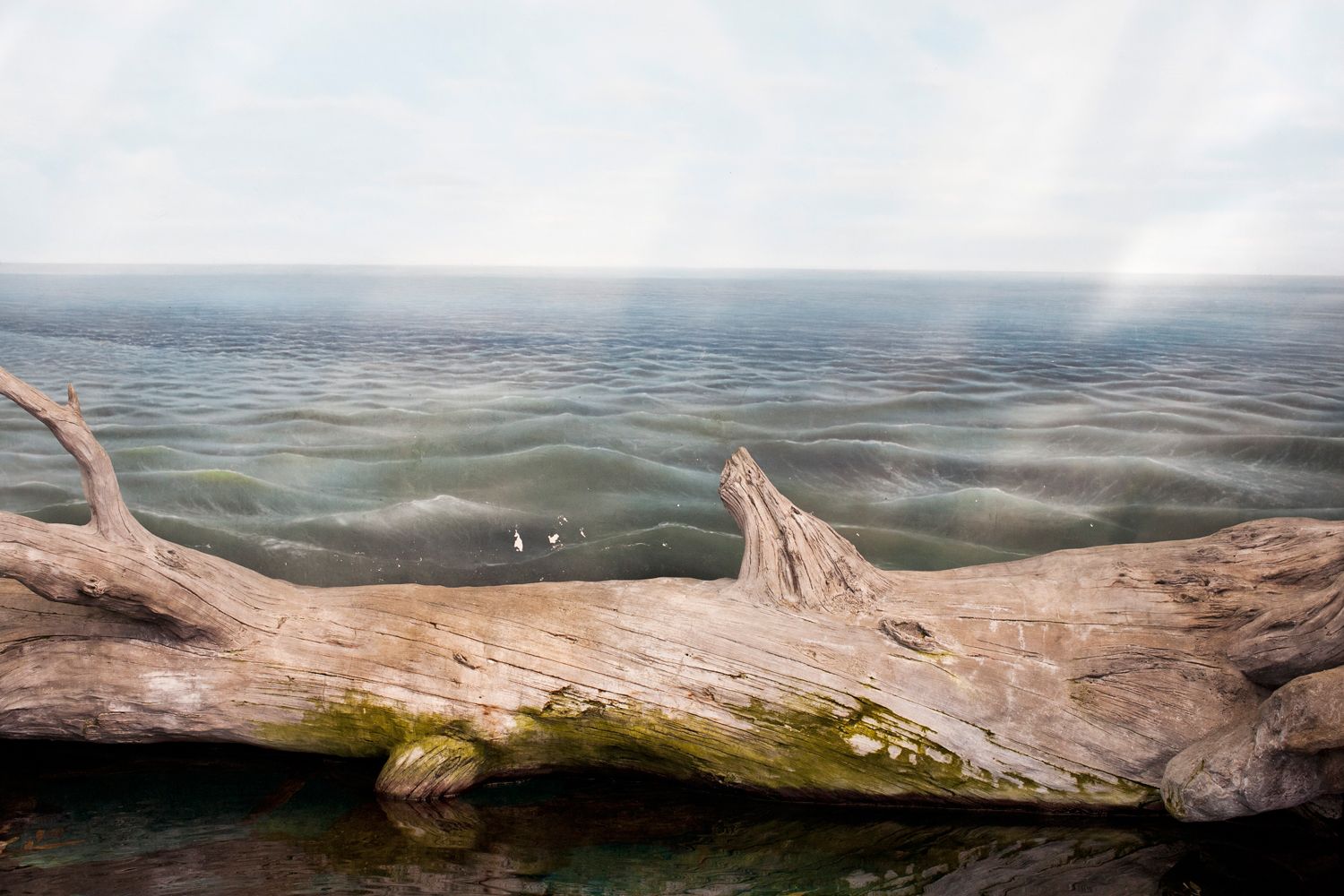
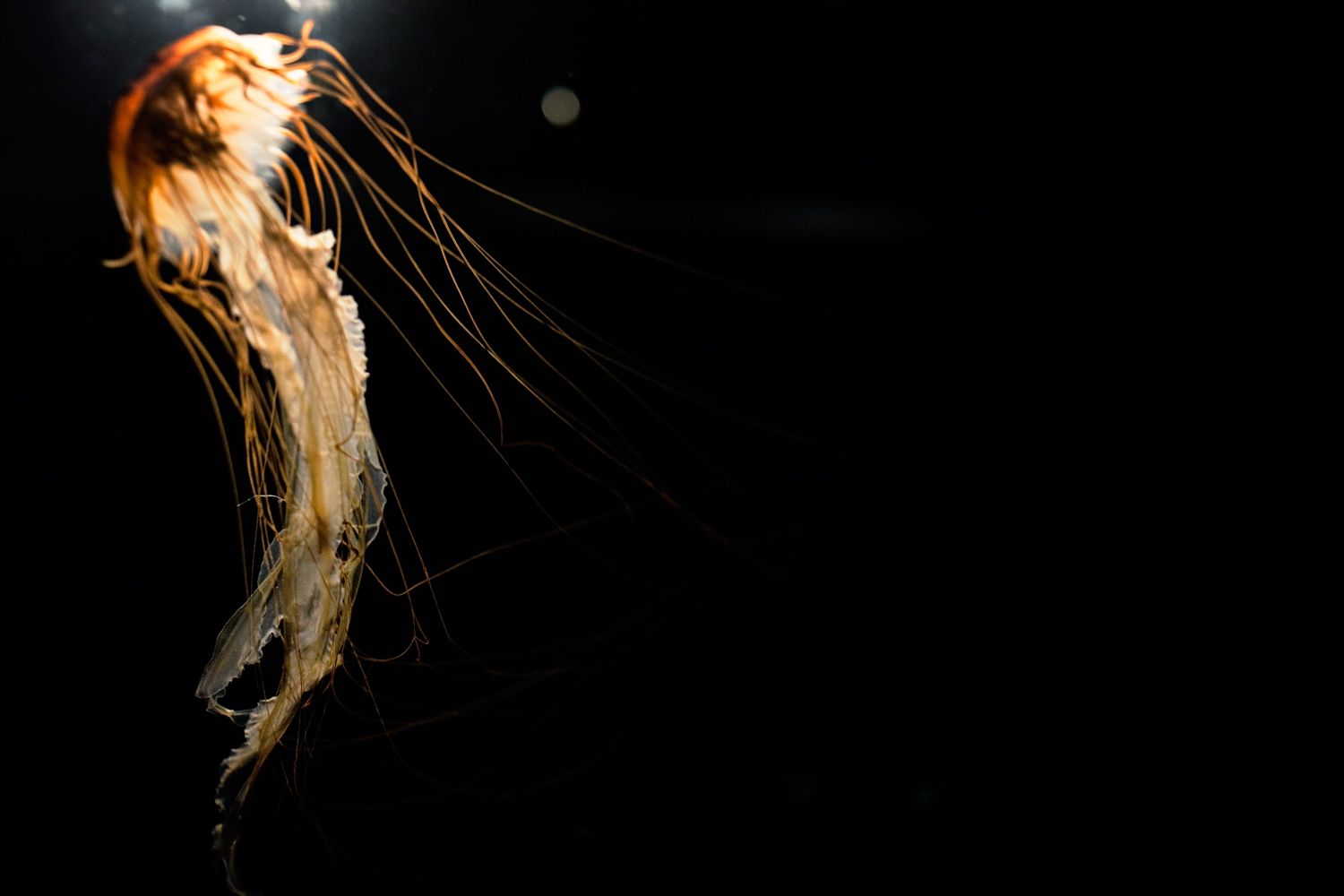


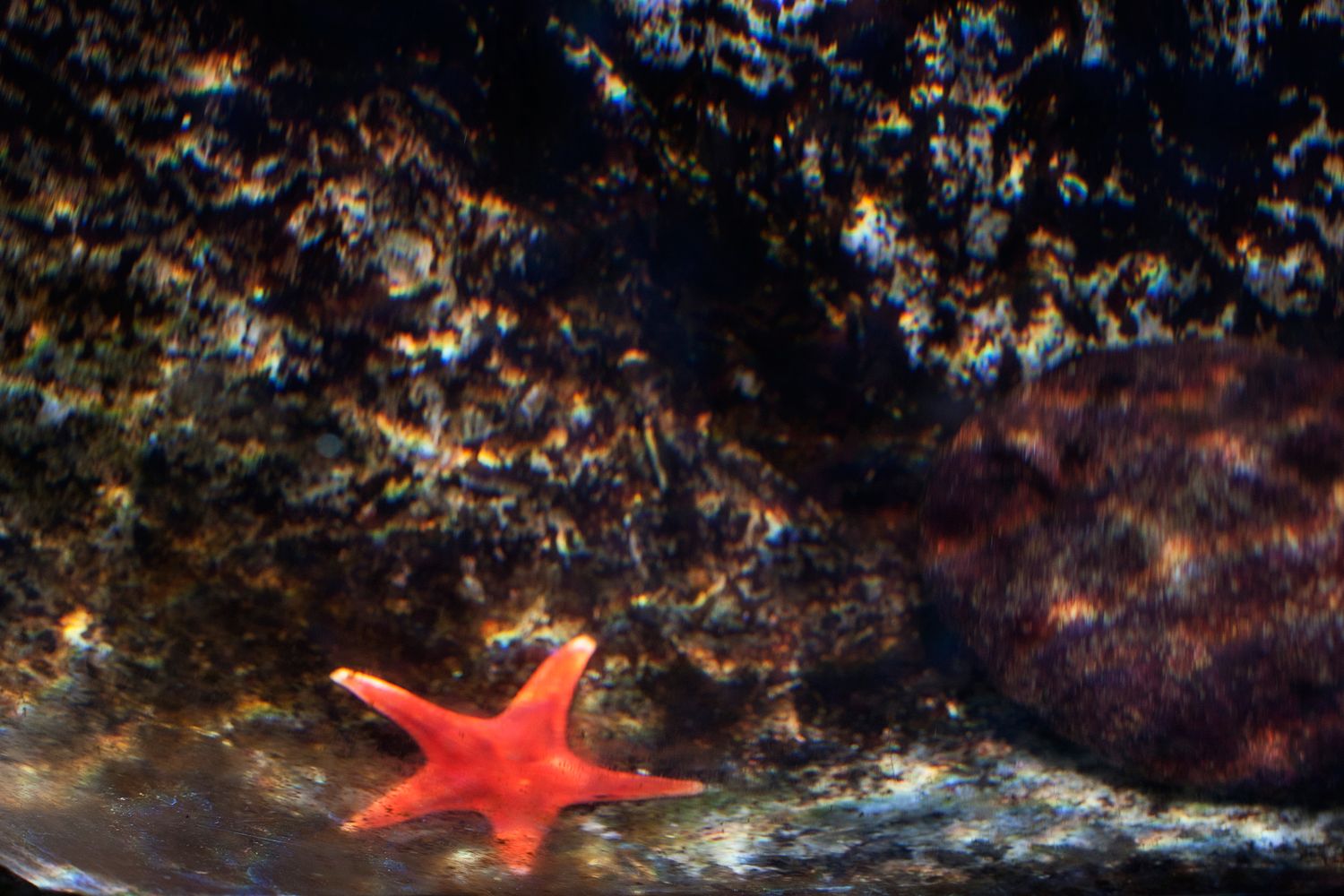
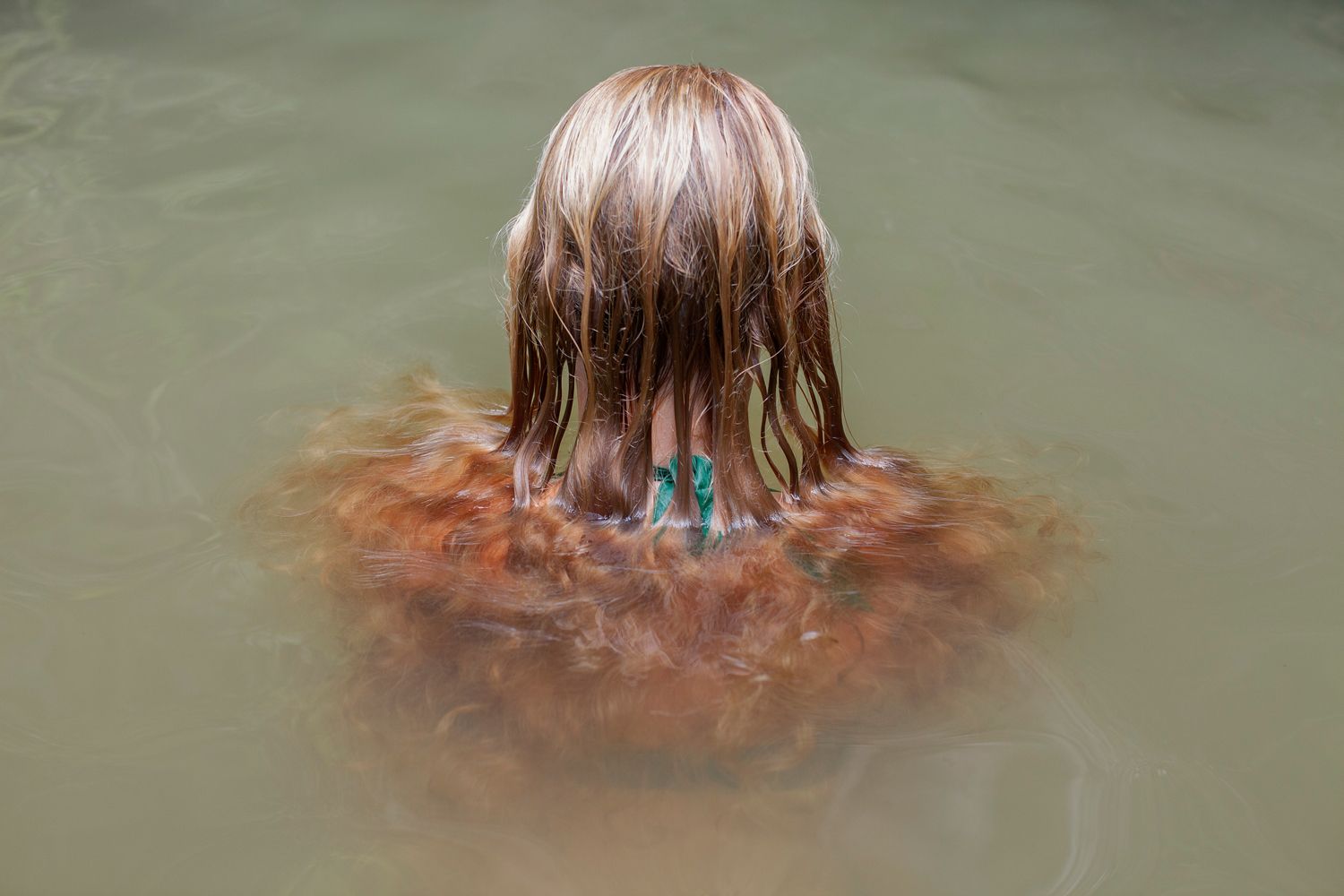


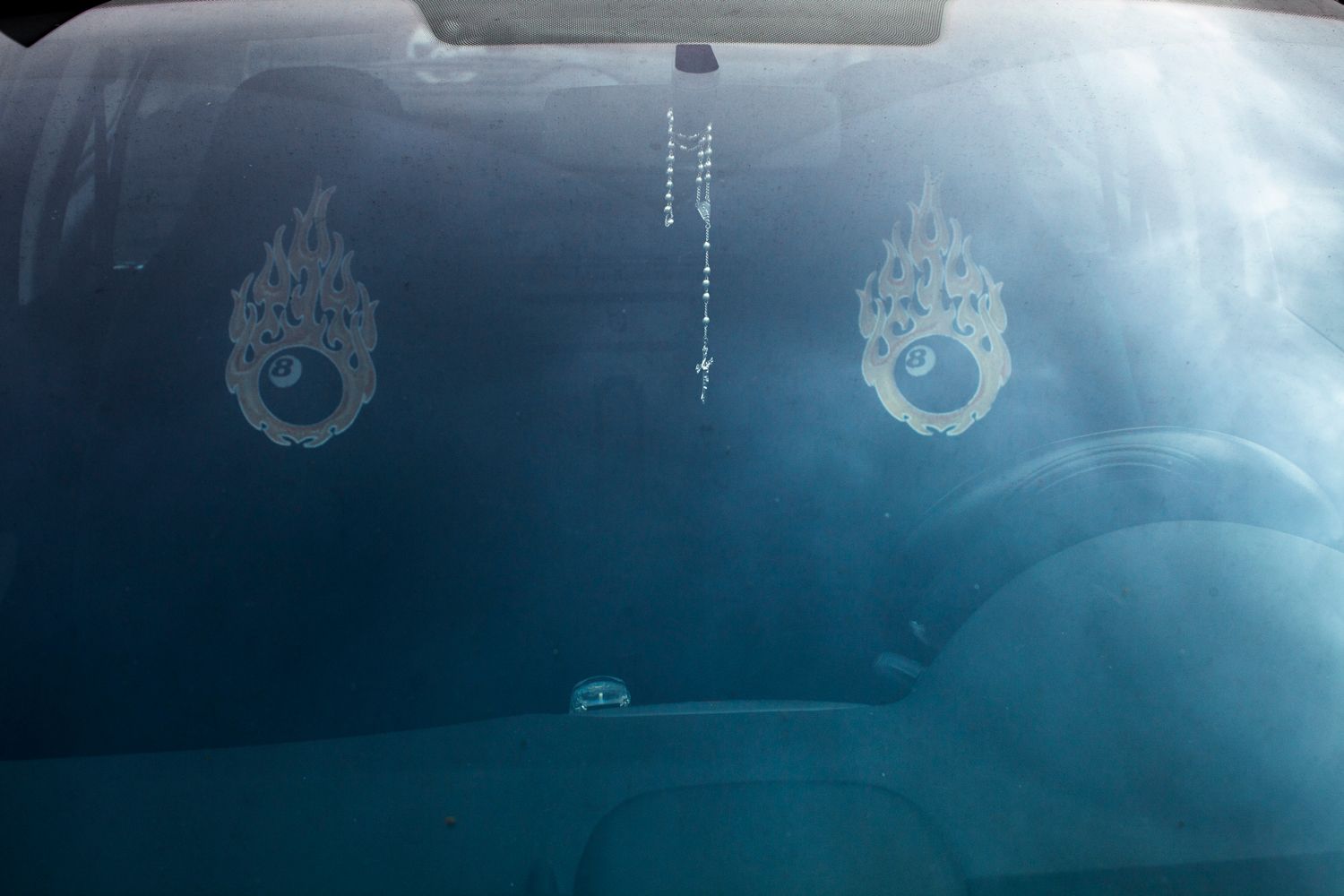
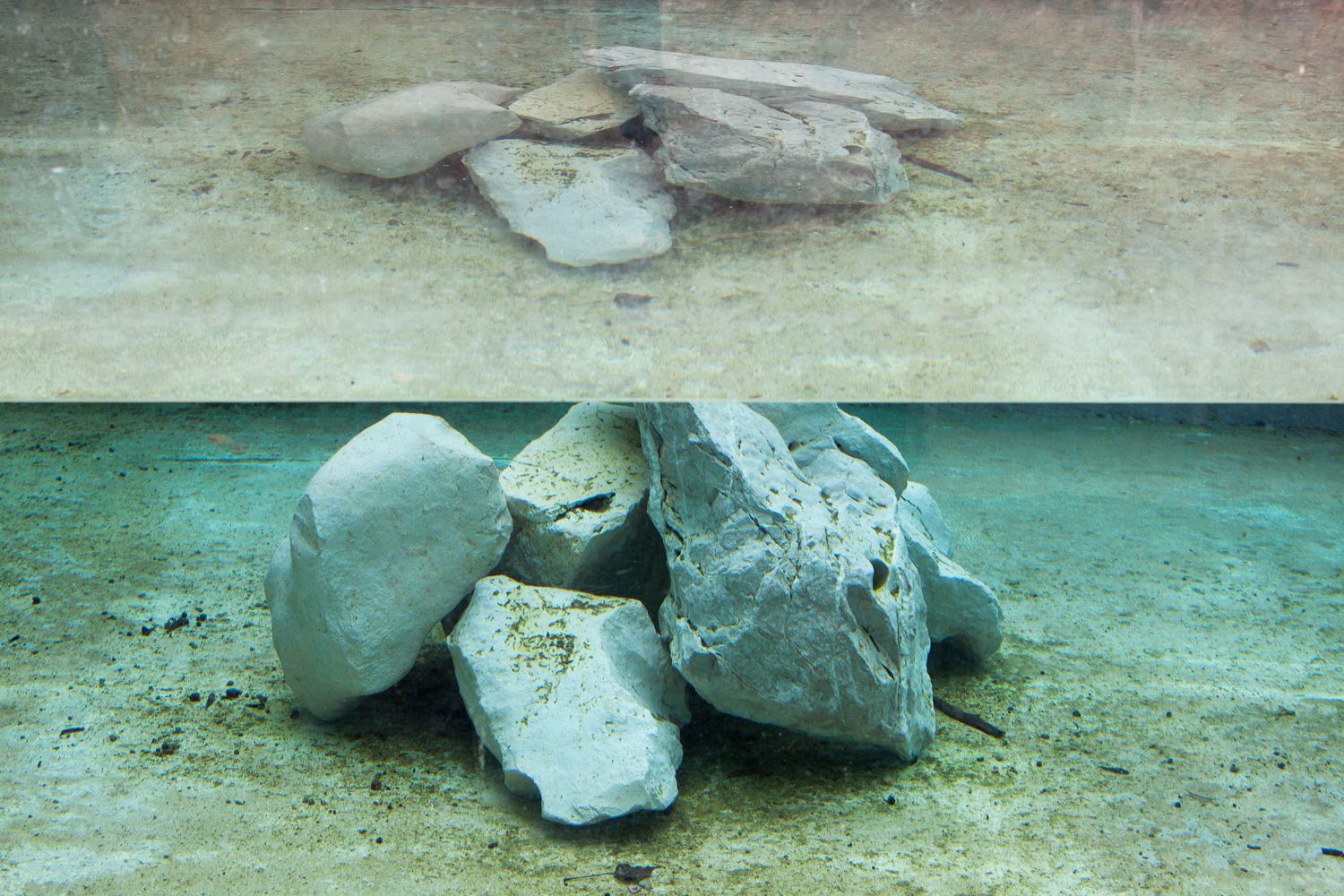
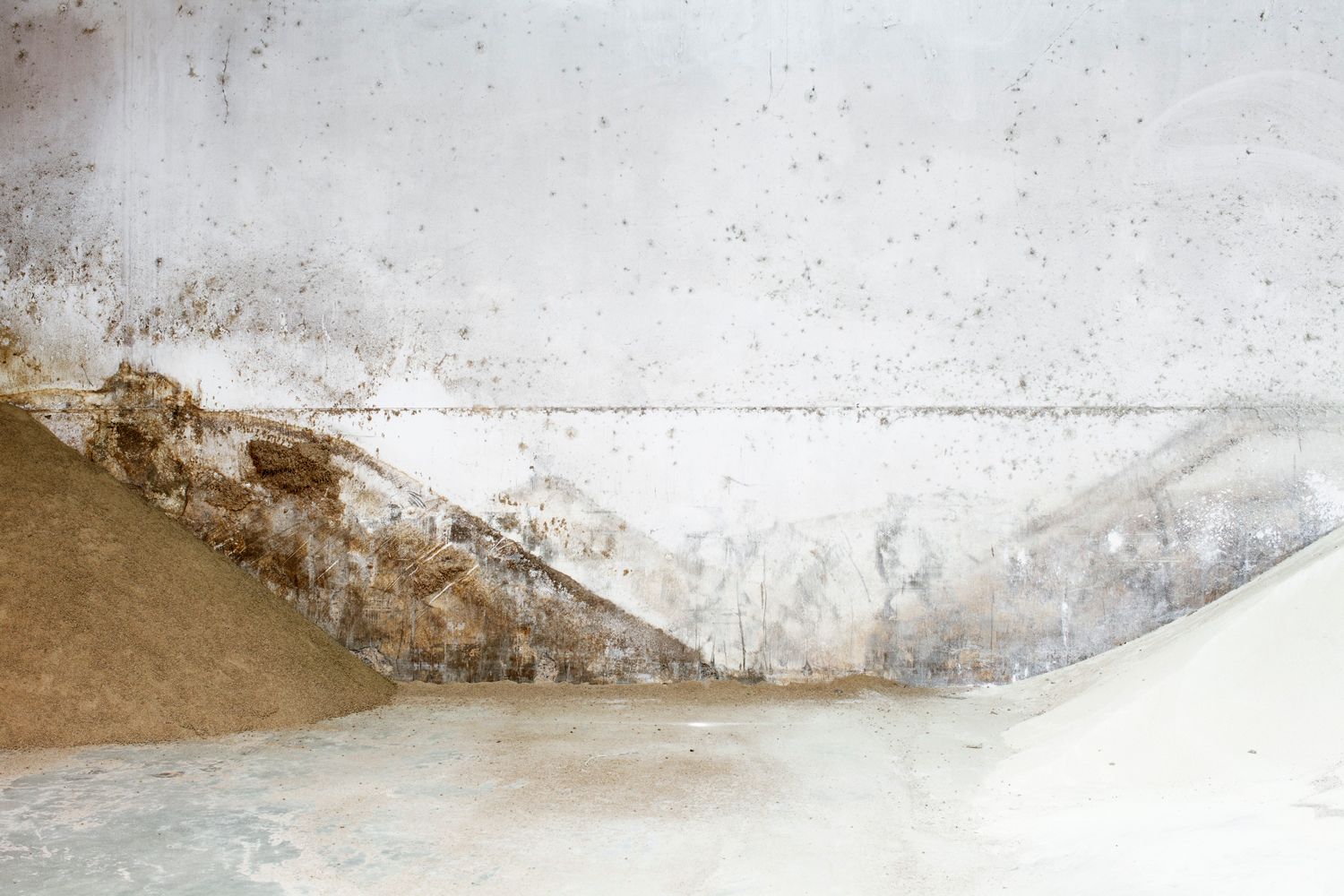
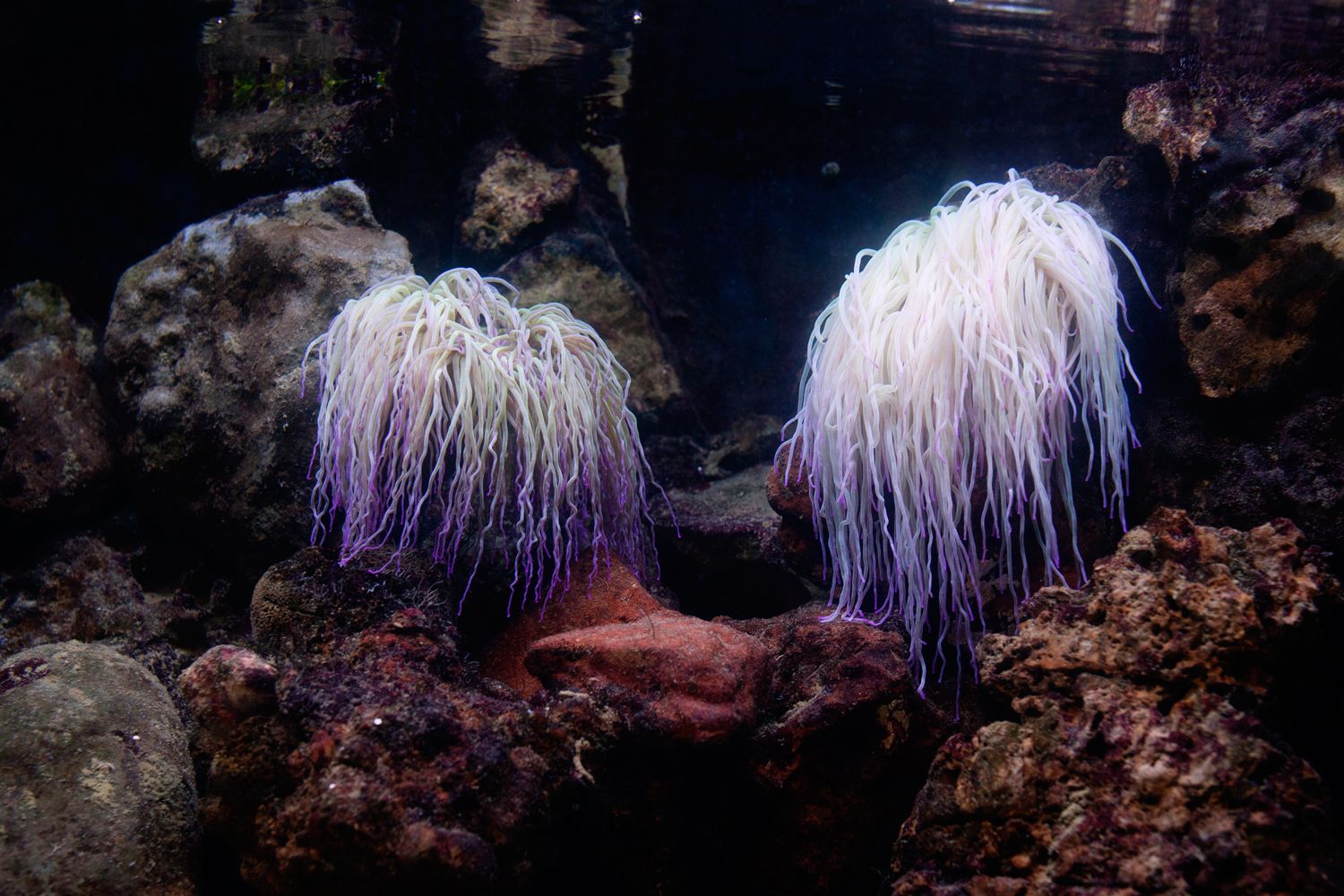
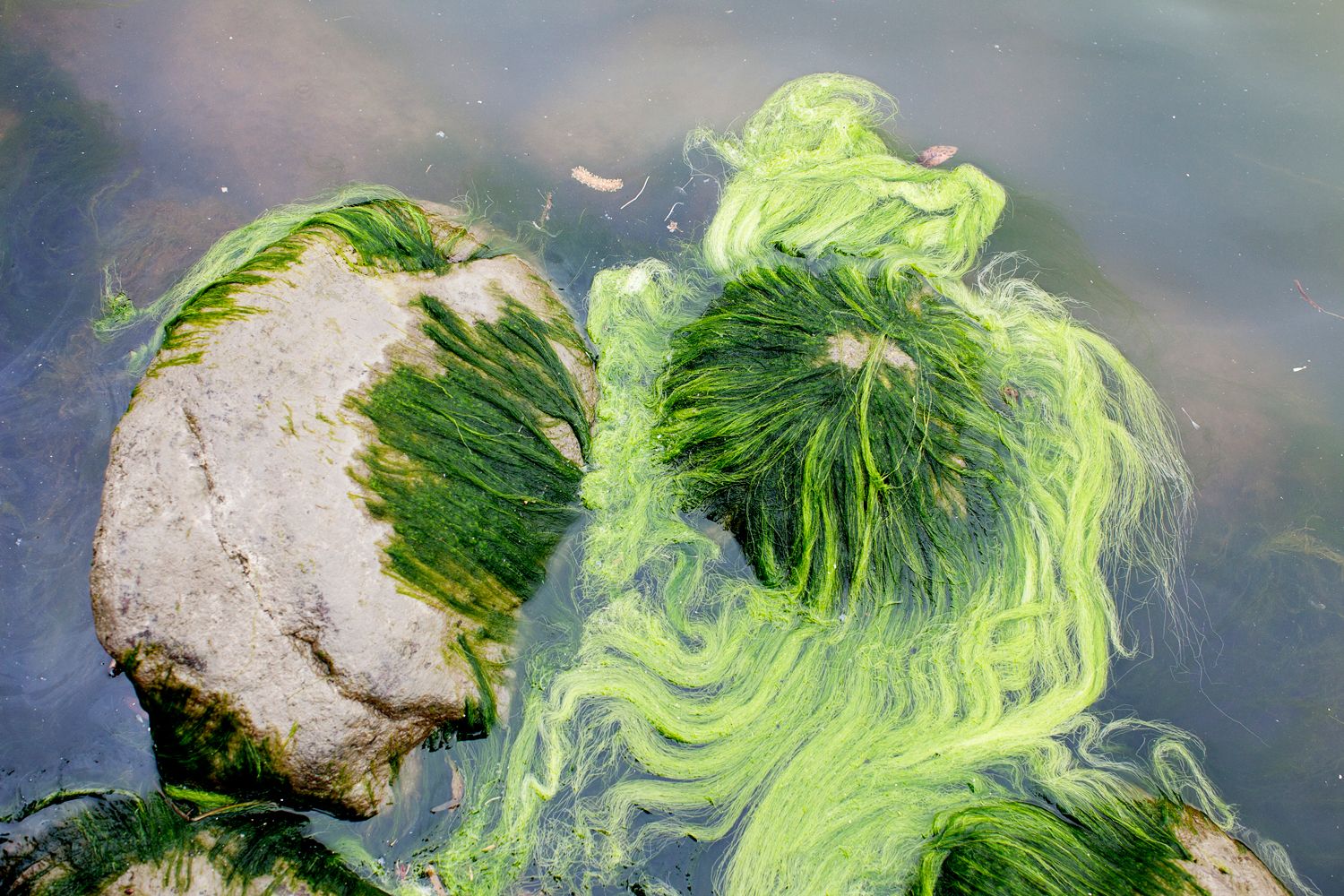
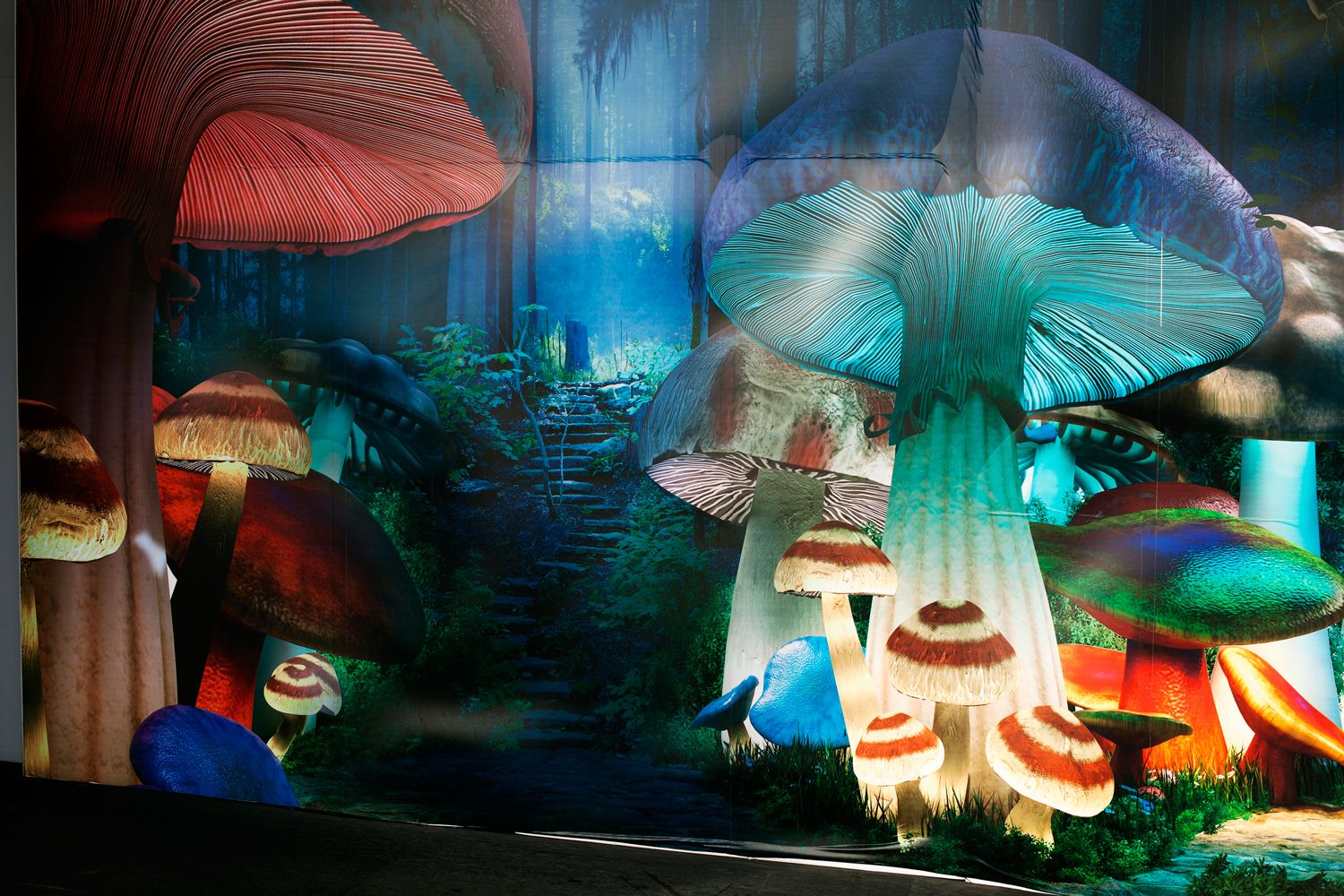
The Engulfed
The little female character who closes the corpus of this book is faceless, but her body is recognizable, it is that of a siren. It illuminates retrospectively all the pages that precede it. It is a plaster figure, a bleached and mute mold. This photograph combines the two motifs of the faded image and the silent siren. The image and the siren are two great figures of the powerful charm embedded in illusion. If the charm stops operating, the image, like the siren, returns to its engulfed condition. Conditions of images without illusion and of voiceless sirens.
When Kafka imagines what «the silence of the sirens» could be, he presents the victory of Ulysses not as a stratagem but as an inversion that can produce the feeling of victory: in front of a hero who knows he will overcome their charm, the sirens prefer to remain silent. By abdicating, these magnificent beings give up their seductive power and in return fall under the charm of the heroic gaze. What would this reversal of seduction be like if, rather than singing, it was all about language? What would be the poetic images of this silence? What would this be, basically, but going to the end of language? The reference is still literary: in the chapter «Sirens» of his Ulysses, Joyce is precisely at this point where, after defeating the order of language, the writer only finds the «overflow of libidinal energy»[1] to represent a situation. May the same be applied to images?
Sandra Rocha’s book seems to breathe accordingly, the defeat of seduction results from a crisis of the images which is expressed, from the outset, by the wallpapers and their artificial landscapes. Then, the next world opens, that of images that speak of desire without seduction. Women artists have this genius of interiority, of the fundamental experience of feeling an inner body and being able to express this world. Thus, the matter in hand here is that of liquid, of flotation and illusion. This book is a nocturnal bath from where the sirens’ prevented song resounds. It is that of engorged images, contained in the interrupted flow of language. They have all the forms of desire, they try all ranges, all tones, all kinds of desire... but they do not seduce because they are never verbalized, or to remain within the scope of the image, they are never projected outward. These photographs are mental images, bodies of nubile or mature women, figures of conquest and maternity, all taken in the flow that turns their hair into alluvium. A mermaid, like a flower whose roots plunge into the miasmatic food underground, originates in mud – and her song is only the rare moment of a submersion. The sirens’ song is the frightful hiccup of a drowning, a deadly prelude.
Look at these green filaments and at these wallpapers, at these glassy sun rays and at these clumsily dressed gestures, you will see the daily life of the sirens, these silent and marine women. They try to dry their body, searching their way out of the liquid or on the contrary, try to fuse with it, they are amphibian as the image is amphibian – able to speak an underwater language. These images are not made to be loved, they combine with each other in the fluid harshness, they produce the effect of a floppy grater. Haptic is thus the word of this photograph that liquefies your eyes and suggests that sirens survive with their rituals, deep inside you. It's up to you to find out more by coming back several times to this book where music is a dissonant dive.
What does the eye see when it breathes? A piece of heaven, an eclipse or a rainbow: before returning to normal, the surface world always reserves a small miracle. This is the delirious piece of desire that you bring back for a moment to the surface, leaving behind the sirens and the oozing experience of the organic. The inner images were not mental images, but, more deeply, that «interior space» that Henri Michaux revealed to us.
Have you ever thought about what happens to seductive beings when they are alone? They surrender to the affected charm of their own beauty. Their loneliness is a defeat from which they find solace by entering into themselves. And, oddly enough, unlike what they usually promise, these distant landscapes and luminous pleasures look like aquariums and carnivals. Large paintings, battles and frescoes are transformed into posters and floral prints: kingdoms of faded paintings. This is the movement of the mermaids’ swim, which goes from the depths to the surfaces. They bring back an imaginary of the engulfed.
The sirens resound and warn us of danger. They also sing to seduce us and are themselves the danger. Their silence is another image of dangerousness.
Michel Poivert
Curatorship and translation from French by Katherine Sirois
Revision by Susana Mouzinho
Footnotes
- ^ Mary Mc Loughlin, «Joyce et les sirènes», Essaim, n° 9.



